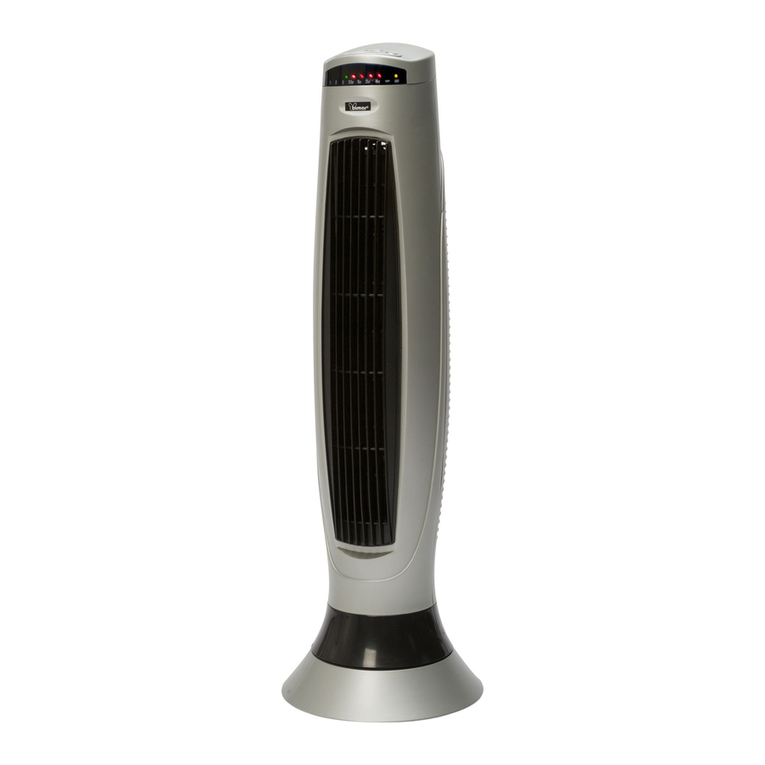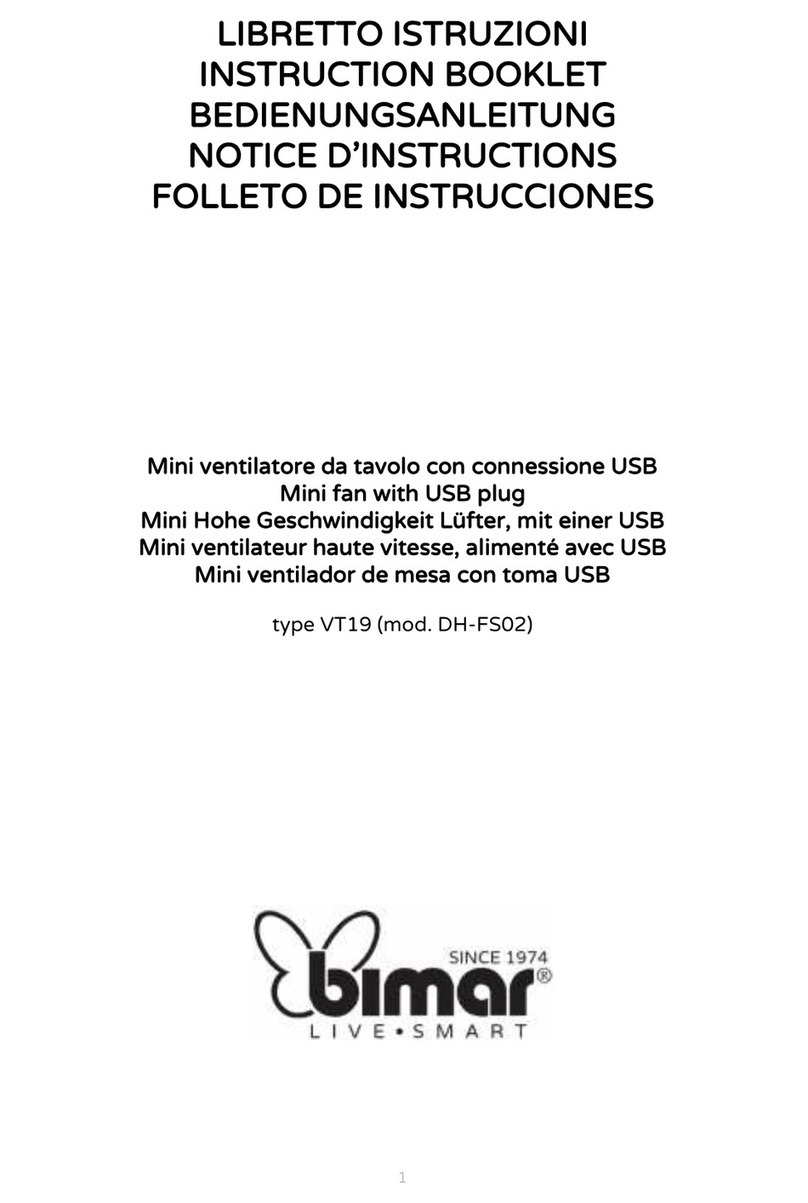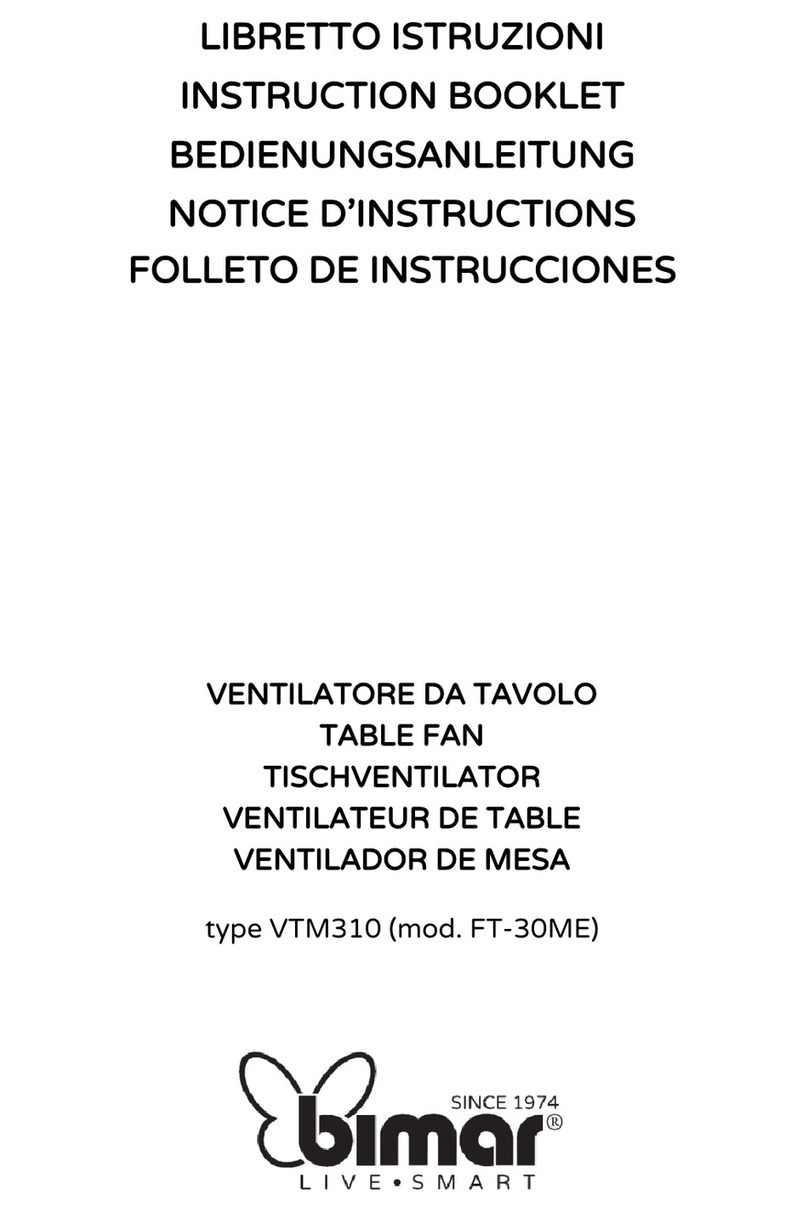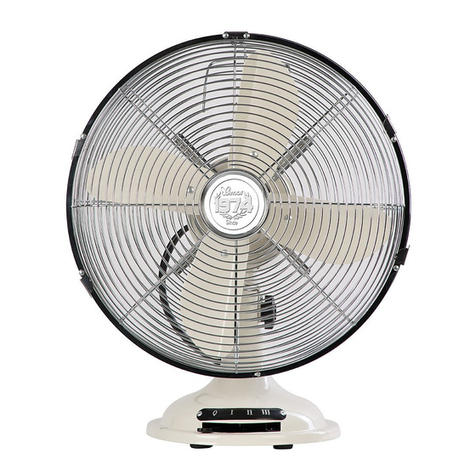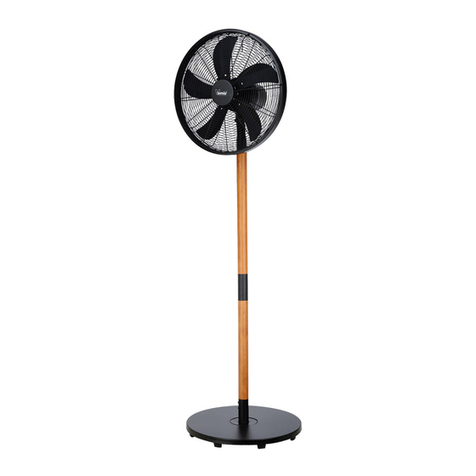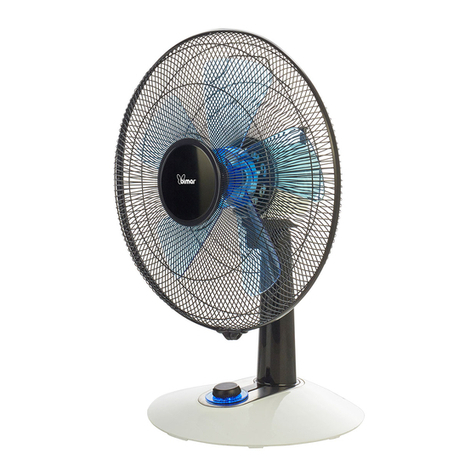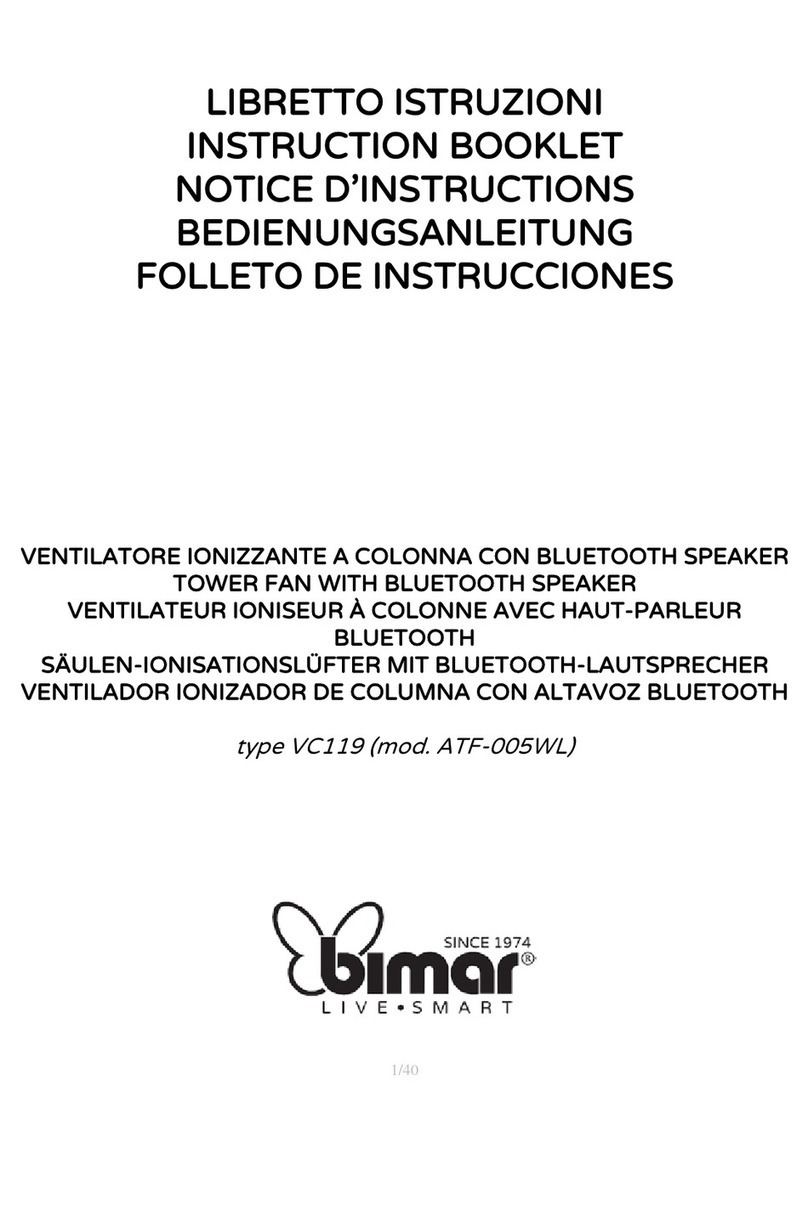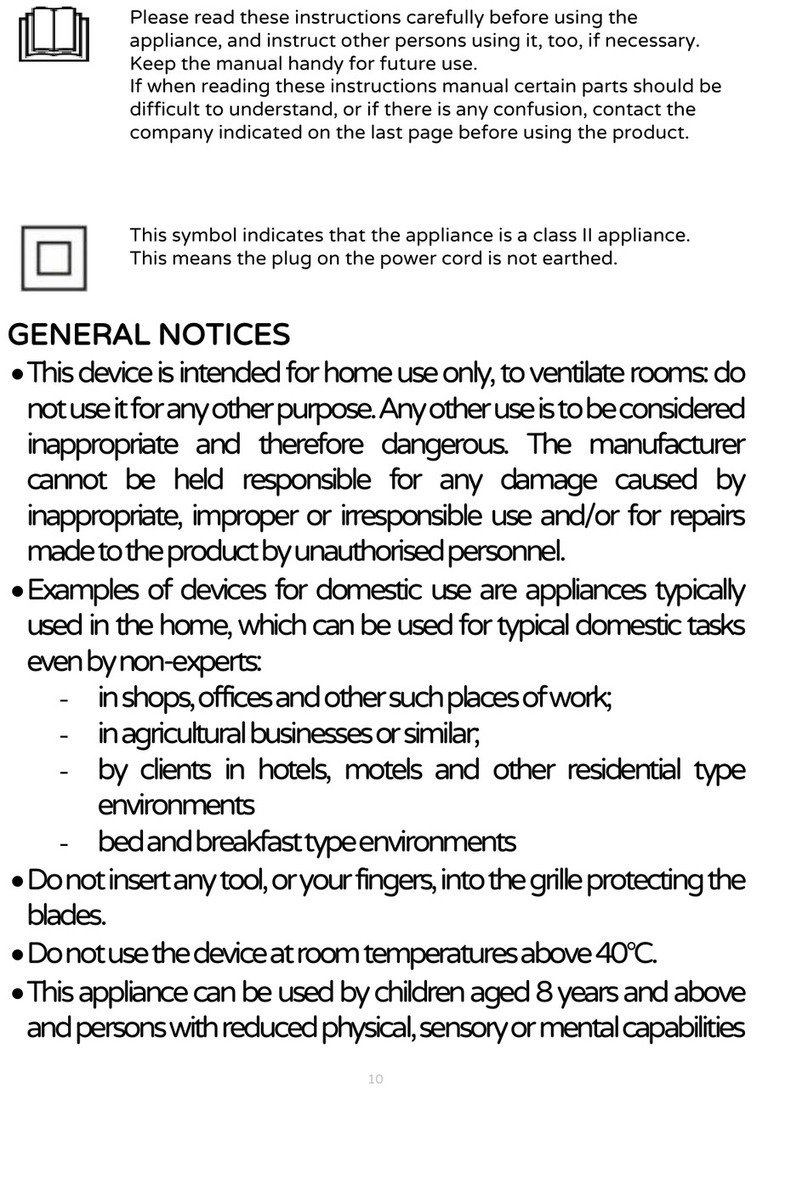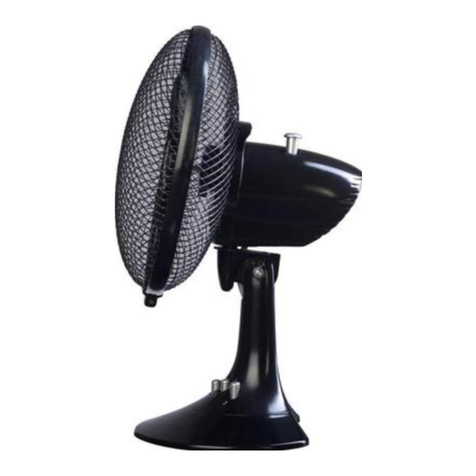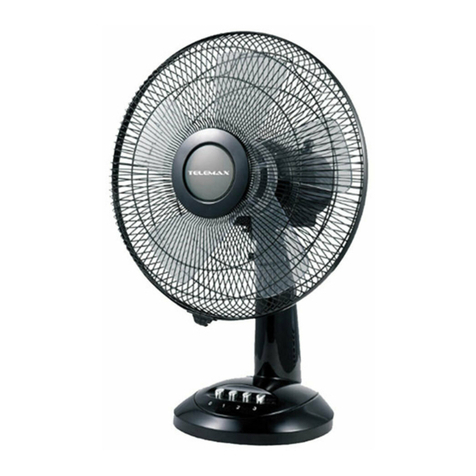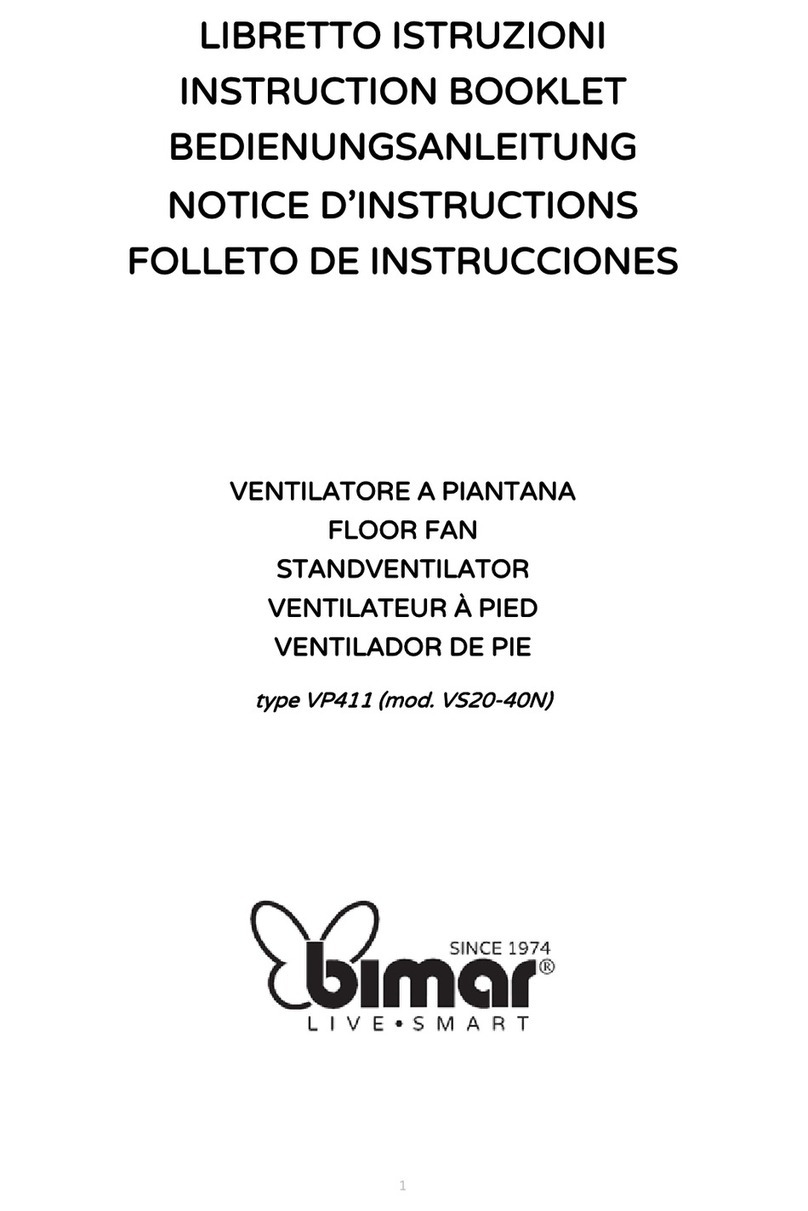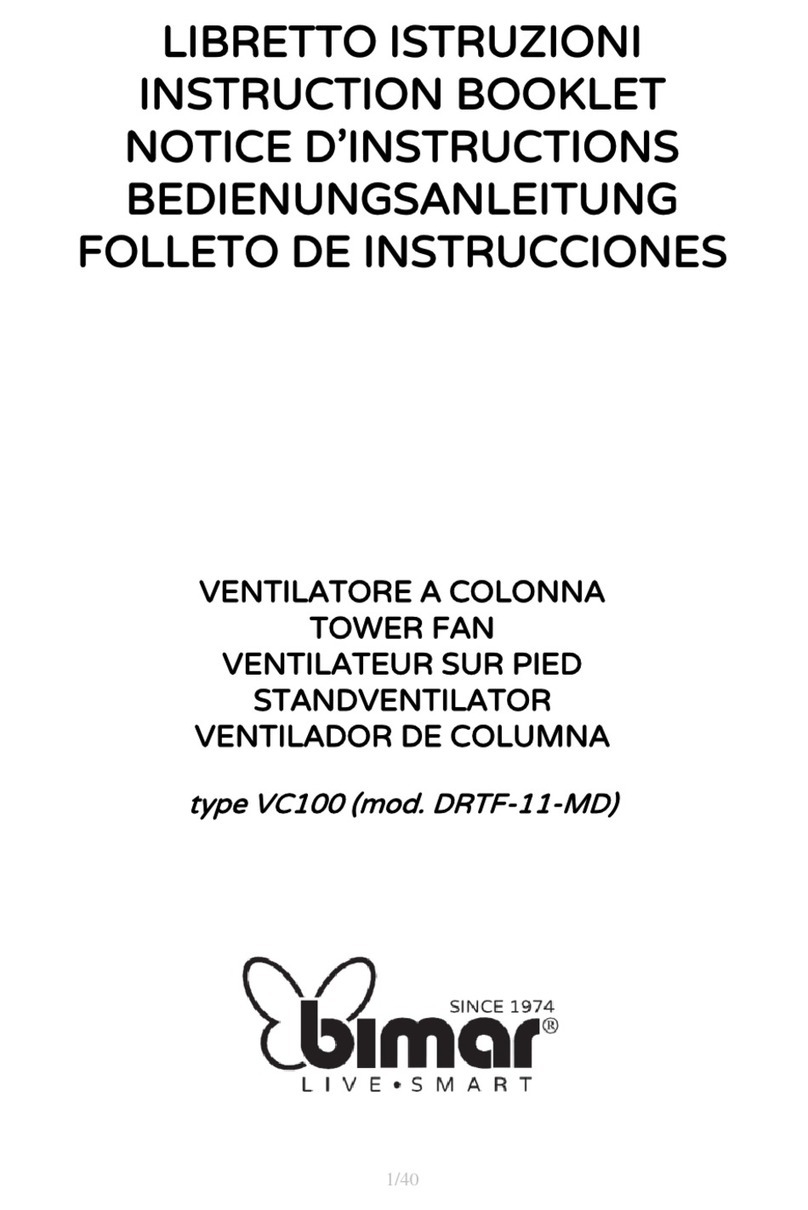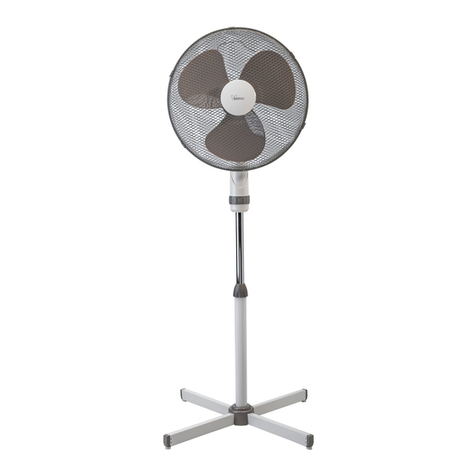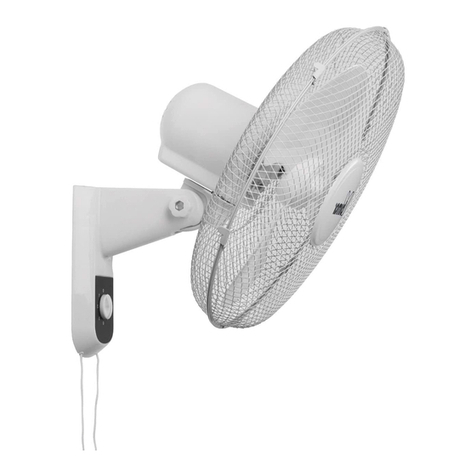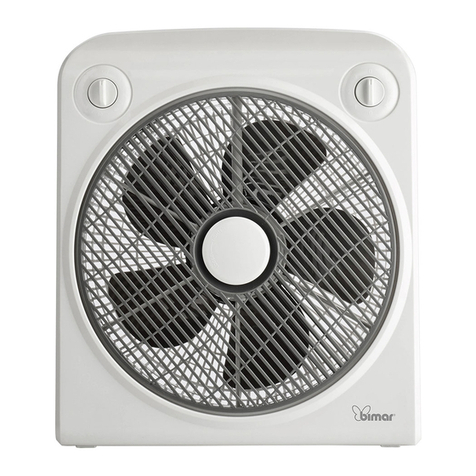
•Se si intende non utilizzare l’apparecchio per un periodo di tempo prolungato, rimuovere le
batterie.
•Pulire i contatti delle batterie e quelli dell’apparecchio prima di inserire le batterie.
•In caso di perdite dalle batterie, evitare qualsiasi contatto con il materiale fuoriuscito; in caso
contatto, sciacquare la parte interessata con acqua e consultare un medico.
•Dopo aver tolto l’imballaggio, assicurarsi dell’integrità dell’apparecchio; in caso di dubbio
non utilizzarlo e rivolgersi a personale professionalmente qualificato. Gli elementi
d’imballaggio (sacchetti di plastica, polistirolo espanso, chiodi, ecc.) non devono essere
lasciati alla portata di mano di bambini in quanto potenziali fonti di pericolo, ma vanno
smaltiti secondo le norme vigenti negli appositi contenitori per la raccolta differenziata.
: eventuali adesivi o fogli pubblicitari applicati sulla griglia, devono essere
rimossi prima dell’uso dell’apparecchio.
•Prima di collegare l’apparecchio controllare che i valori di tensione riportati sulla targa dati
corrispondano a quelli della rete elettrica e che la presa sia dotata di efficace messa a terra.
In caso di incompatibilità tra la presa e la spina dell’apparecchio, far sostituire la presa con
altra di tipo adatto da personale professionalmente qualificato, il quale accerti che la
sezione dei cavi della presa sia idonea alla potenza assorbita dall’apparecchio. In generale
è sconsigliato l’uso di adattatori e/o prolunghe; se il loro uso si rendesse indispensabile,
devono essere conformi alle vigenti norme di sicurezza e la loro portata di corrente
(ampères) non deve essere inferiore a quella massima dell’apparecchio.
•Prima di ogni utilizzo verificare che l’apparecchio sia in buono stato, che il cordone elettrico
non sia danneggiato: in caso di dubbio rivolgersi a personale professionalmente qualificato.
•La presa di corrente deve essere facilmente accessibile in modo da poter disinserire con
facilità la spina in caso di emergenza.
•Posizionare l’apparecchio lontano da:
-fonti di calore (ad es. fiamme libere, fornello gas, ecc. )
-contenitori di liquidi (ad esempio, lavelli ecc.) per evitare schizzi d’acqua o che vi possa
cadere (distanza minima 2 metri)
-tessuti (tende, ecc.) o materiali volatili che possano ostruire la griglia di aspirazione;
verificare che anche la parte anteriore sia sgombra da materiali volatili ( polvere, ecc.).
•Non installare il ventilatore in ambienti dove vi sia il riflusso di gas provenienti dalla canna
di scarico dei gas o da altri apparecchi a combustione di carburanti.
•Questo apparecchio NON è idoneo per impiego in ambienti con atmosfere esplosive (con
presenza di sostanze infiammabili sotto forma di gas, vapore, nebbia o polvere, in
condizioni atmosferiche in cui, dopo l’accensione, la combustione si propaga nell’aria).
•La superficie di appoggio deve essere stabile, non in pendenza (in quanto l’apparecchio
potrebbe ribaltarsi) e liscia.
: prima di assemblare il ventilatore, assicurarsi che sia scollegato dalla presa di
corrente.
: il ventilatore può essere utilizzato solo se completamente e correttamente
assemblato, cioè completo di base e di griglia di protezione.
Nel caso di dubbio far controllare o eseguire l’operazione da personale professionalmente
qualificato. Per l’assemblaggio si prenda come riferimento le figure.
Questo apparecchio deve essere utilizzato solo con l’adattatore fornito in dotazione.

